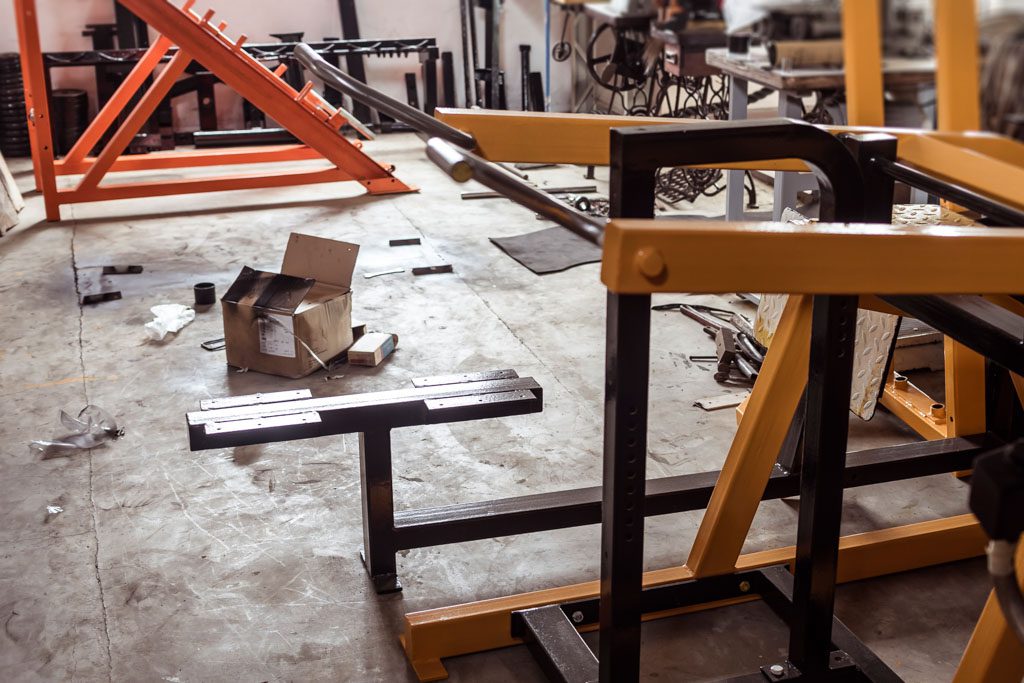You and I are entrepreneurs. We like to solve problems.
We like to figure it out for ourselves. We like to start from scratch, build and tear down, make mistakes, get our hands dirty.
But we also like to eat. We like to spend less than 12 hours per day at our gyms. We like to have time to work on our own fitness. So we have to balance the temptation to “figure it out ourselves” with the need to be efficient.
In this series, I’m going to talk about the things in your business that you should figure out on your own (do it yourself, or DIY), the things you should hire someone else to do (done for you, or DFY) and the things that are best suited to a new third option: done with you.
What You Should DIY
When you start a gym, you should coach the classes. Get lots of reps. Refine your process. Develop an excellent delivery (reach a nine out of 10 here). Document every step you take, minute by minute, so you can replace yourself with a coach who will deliver to the same level.
Repeat this process with every role in the business: cleaner, bookkeeper, billing agent, salesperson, personal trainer, etc.
Do it yourself first. Leave deep tracks for the next person to follow. Then—as soon as possible—buy yourself time to work on your business instead of in your business.
I wrote the process here: “How to Automate Your Gym.”
Two-Brain Clients follow a strategy called “the value ladder” to keep ratcheting up the value of their time.
Build Your Own Equipment?
Now let’s talk about equipment.
I built my first pull-up station. I built my first plyo boxes and jammed my first wall ball full of pea gravel and expanding foam.
You can do some of this stuff, too, but beware—the “early adopters” of CrossFit are long gone. New clients expect to see professionally built rigs in matching colors. But you can still DIY some stuff.
Automate Comms?
More important than your equipment is your communication.
Whether through email, text or phone, it’s very hard to replace yourself when communicating with your clients.
Email automations are a good safety net. (If you’re not sending regular blog posts out, then yeah, use a client relationship manager to do it for you. That’s the bare minimum. Blog posts written by you are the standard of excellence in client communication.)
Texts from your gym should be sent by a local human. Never use a bot in chat or text.
And never, ever hire a low-paid virtual assistant who doesn’t fluently speak your first language to impersonate you in communications with your clients.
Being yourself is something you can’t fake.
DIY Saves Money—Or Does It?
You should do every role yourself first to learn it. DIY, in entrepreneurship, is a great strategy—but it’s short term. Every time you start something new, you should begin with a plan to eventually move it off your plate.
Why DIY? Well, your time is cheap, right? It’s your primary point of leverage when you’re starting out. Or at least it appears that way.
In the next post, I’ll tell you about the downside of DIY (it’s much more expensive than you think).
Other Media in This Series
“DIY: The True Cost for the Fitness Entrepreneur”
“DIY, DFY and the Perfect Balance for Entrepreneurs”
Podcast: “Done-With-You Services: The Secrets of Incredible Value”

